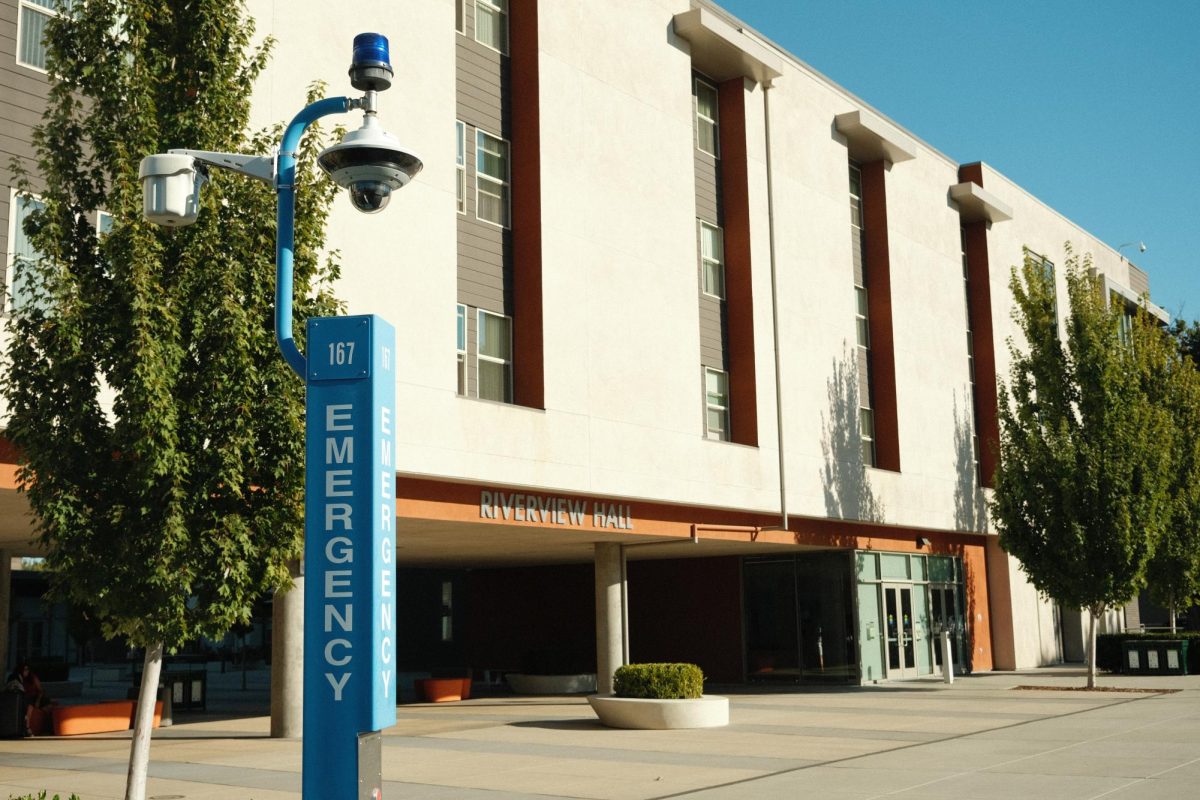Two-day school weeks

Click here to enlarge.:
February 27, 2007
There was a time when afternoons were made up of an hour of homework, a half-hour of your favorite cartoon and riding your bike until dusk.
Things have changed since childhood, and most of us are being snapped into the busy world quickly.
Let’s face it, an average college student today is fighting against time. The four-year-graduate is rare and struggling just to get into classes.
Many full-time students are doing their best to maximize their education while minimizing high college costs wherever they can, even if it means carrying 15 to 20 units every semester and working.
There aren’t many options when trying to fit work, school and a social life into a weekly schedule, therefore, there is a commonality among many students at Sacramento State: Their 15 to 20 units are all scheduled into two days per week.
“I come to school only on Tuesdays and Thursdays, and I work 40 hours a week,” Andrew Gonzalez, a communication studies junior said. “I need to do it because if I don’t, I can’t support myself.”
Gonzalez is now a professional at two-day school weeks. He’s been cramming 15 or more units into his schedule for a year and said he really doesn’t know any other way to do it. His goal is to get out of college in a reasonable amount of time without having to spend too much money doing it.
I’m sure you know at least one of these students or maybe you are one of these students. With schedules like this it’s not unusual to end up sitting through seven hours or more of class both of the days you’re on campus. This makes for a full schedule and very full days.
There are many benefits that come with being on campus only two days per week. You have five other days of the week to work, study, run errands, go to appointments and it saves gas.
Many students like fitting their classes into two days, that’s part of the “commuter college” appeal. Two days per week means that you can have a life outside of school. This is great for people who are already in the work world and are coming back to school to finish their degrees or even for students who are working while earning their first degree because it gives more flexibility with work hours.
“I’d really like to go to school Monday through Friday, but my work wouldn’t let me off to do that,” Gonzalez said.
Although there are many benefits to being on campus two days per week, the downside of cramming a full schedule into such time constraints can be significant.
The two days students are spending at school are exceedingly long. Class after class and, in some cases, no lunch break in between can make the time spent at school tough.
Off days from class may be controlled by work or even internships, which doesn’t leave much time to think about the material covered in class.
“You hear the material less and you may not review the material every day on your own,” biology post-grad Kristin Warrington said. “There may be three or four days when you don’t even think about the class.”
Not thinking about the class for days at a time can result in anxiety when you realize that most of your tests and assignments are all due on the same day. Two class periods per week doesn’t give professors much of an option for when they can schedule tests, and sometimes it ends up being a nightmare of tests class after class, all in one day.
While some students participate in this two-day cram every semester, others who have their classes spread throughout the week love Fridays, when parking is at it’s easiest.
“There are only about 10 people in one of my Friday classes,” health science senior Becky Zwingman said.
This means you may actually be able to hear the birds chirp on the leisurely campus on Fridays when parking is a breeze.
Whether your life runs on a rigorous schedule or you have flexibility when planning classes, weigh your options carefully when choosing your schedules, and hey, if nothing else works, there are always two-day school weeks. Casey Farrell can be reached at [email protected]
























































































































